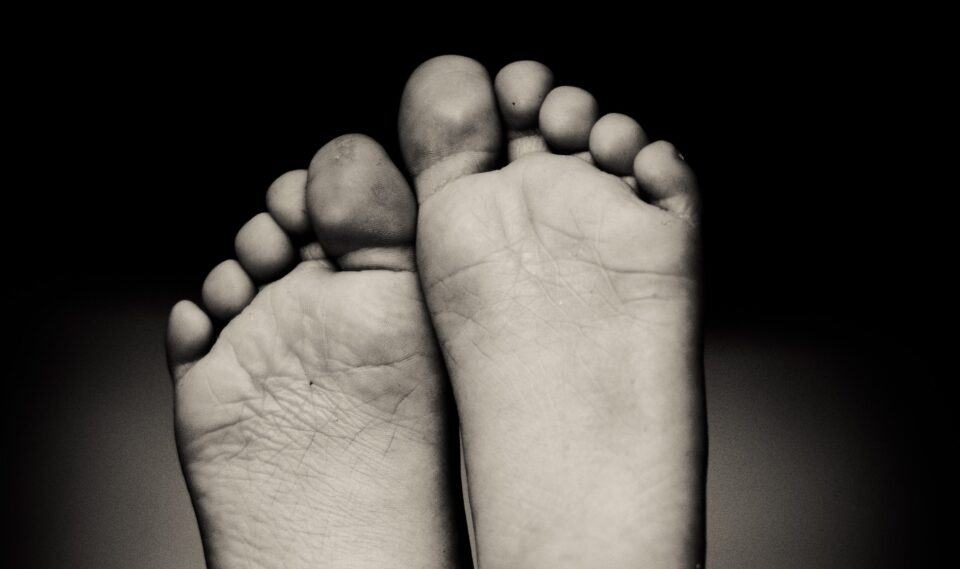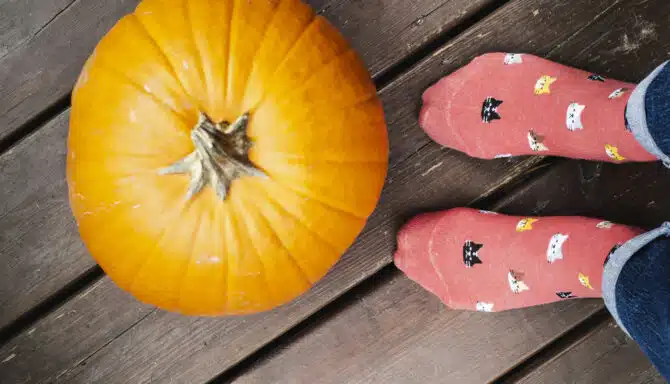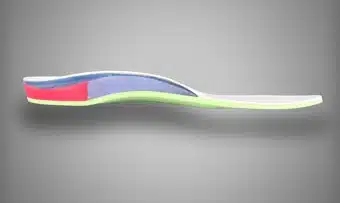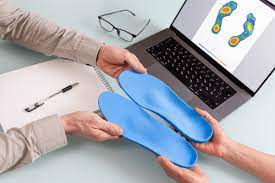Pain on the bottom of your foot can significantly alter your lifestyle.
Because so much of what we do every day involves our feet, it’s important to take the proper precautions and treatments to ensure our feet are feeling at its best. But, because we’re on them so much, whether it’s for work, exercise, or for pleasure, our feet are susceptible to injury.
Below, we break down four common injuries and reasons for why you may be experiencing pain on the underside of your foot.
Plantar fasciitis
Plantar fasciitis is one of the most common injuries among runners, let alone the general population. The pain comes from irritation of the plantar fascia, a thick tissue on the bottom of the foot. You generally feel pain in the heel and the arch.
If you experience plantar fasciitis, follow the RICE method – rest, ice, compression, and elevation. Giving your body rest allows the inflammation to go down, and for the irritation of the tissue to subside.
An additional trick: fill a bottle full of water and freeze it. Once frozen, while sitting, rest your foot on the bottle and roll back and forth. This acts as both a massage tool to break up the tissue and encourage blood flow, as well as a way to reduce inflammation with cold therapy.
Depending on the circumstance, custom orthotics may also help with plantar fasciitis by providing additional heel support. Ill-fitting footwear could be one of the causes of the injury in the first place, so a simple solution like new shoes or orthotics may be your best bet. Additional prevention measures include calf raises, foot doming and towel pickups.
If you have persistent heel pain, schedule a diagnostic assessment with our own licensed Chiropodists (foot specialists), use the booking form below or call 416-769-FEET(3338).
Heel spurs
A heel spur is a bony outgrowth on the underside of the heel. A spur could be the reason you experience pain on the bottom of your foot.
If you experience intense heel pain that seems to get worse over time, a heel spur may be the culprit. Heel swelling and a visible bump on your heel are also signs that you may be experiencing a heel spur.
Unfortunately, without surgery, there’s no way to remove a heel spur. But, with the proper treatments and precautions, you can limit the damage and pain associated with the injury. Stretching and strengthening exercises, properly fitted custom orthotics, over-the-counter insoles, and taking ill-fitting footwear out of rotation can all help with heel spurs.
Typically, as is the case with most injuries, heel spurs develop because of overuse. Recurrent strain on the muscles, tendons, and ligaments that connect to the heel bone can cause heel spurs . In response to stress, the heel bone “fortifies” itself by depositing extra bone on the existing bone.
If you experience pain in the toe area, a bone spur in that area may too be the culprit.
Morton’s Neuroma
Have you ever felt like there’s a pebble in your shoe that you can’t seem to get rid of? It may be Morton’s neuroma.
Morton’s neuroma is a type of nerve compression syndrome which involves nerves in the lesser toes. It is characterized by fibrosis and thickening of nerve tissue between the third and fourth intermetatarsal space and is a result of repetitive trauma. Pain is typically in the area between the third and fourth toes.
Because of the area of the injury, ill-fitting shoes, specifically those with a narrow toe box, can be the cause. By forcing your toes inwards and squeezing them into a small area, you put more pressure on your third and fourth toes.
According to the Mayo Clinic, high-heeled shoes have been linked to the development of Morton’s neuroma. Many people experience relief by switching to lower heeled shoes with wider toe boxes. Sometimes corticosteroid injections or surgery may be necessary.
Common treatment methods include custom orthotics, wearing shoes with a wider toe box, like Altras for example, and using metatarsal pads, which are placed under the ball of the foot and act to open the intermetatarsal space and reduce irritation of nerve tissue.
Sesamoiditis
There are many types of tendonitis in the foot, but sesamoiditis is pain in the tendons close to your big toe. This type of pain is prominent in athletes including gymnasts and runners because of the pressure on the ball of the feet.
According to Healthline, the primary symptom of sesamoiditis is pain that develops under the ball of the foot. The pain tends to build gradually, and you may notice some swelling or bruising. Often, bending and straightening your big toe can be difficult, and you may experience popping sensations when you walk.
As tendonitis is inflammation and overuse of the tendons, sesamoiditis is exactly that: overuse of the tendons near your big toe. Also, tenderness near your toes is a sign as is the toe’s flexibility. Typically, mild cases of sesamoiditis are treated with rest, ice and anti-inflammatory medicines. If pain persists, visit a professional to be properly diagnosed and for best next steps.
Our Toronto foot clinic is open Monday-Friday 10 a.m.- 7 p.m., Saturdays 10 a.m.-4 p.m.
You do not need a referral to become a patient at our foot clinic.
We are located at 2481 Bloor Street West
Have pain on the top of your foot and not the bottom? Read about why you might be experiencing pain on the top of your foot.









